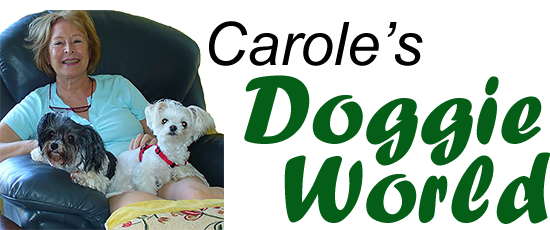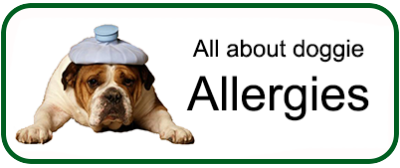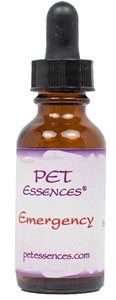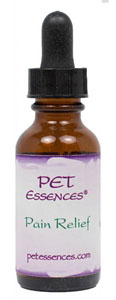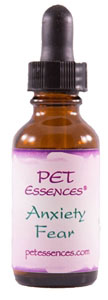Symptoms, Causes, Treatment and
Prevention Options of
Hives in Dogs
Symptoms |
Causes |
Treatment |
Prevention
12-Week Elimination Diet Trial
Symptoms
.jpg)
Hives are an allergic reaction characterised by the sudden appearance of circular, raised and itchy wheals on a dog's skin.
The dog's hair sticks out in little patches which occur mostly on its face - frequently, the eyelids and muzzle are involved as well and are most noticeable because of the amount of swelling involved.
Hives can and do appear on other parts of the dog's body as well, e.g. abdomen and legs, other symptoms include:
- drooling as its muzzle starts to swell
- excessive cratching
- excessive itchiness
- infection if left untreated
Hives generally appear within 30 minutes of exposure to an allergen and disappear within 24 hours.
Causes
.jpg)
According to renowned veterinarian and medical journalist Dr. Jeff Werber of Los Angeles, California, “Amost any allergen that your pet is hypersensitive to can cause hives". The most common causes of hives are:
- Allergic reactions to antibiotics or vaccinations
- Food allergies cheese, milk and yogurt are very common culprits
- Insect bites or stings including bee stings and spider bites
- Plants, including poison ivy or oak
- Topical insecticides and soaps
- Vaccines and in particular vaccines such as kennel cough and rabbies
Werber also states:
- That the degree to which a pet suffers from hives depends on what the irritant or allergen is and the degree to which your pet is affected by it
- Two dogs can be exposed to the same allergen and have extremely different reactions from each other
Treatment
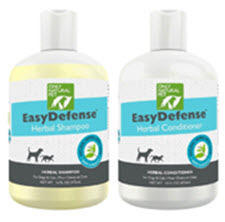
Whenever possible, treatment should involve identifying the allergen, removing it from the dog's environment and pulling out all stops to prevent further exposure.
When an allergy to food is suspected, it is best to remove it from the dog's diet which involves a process of what vets refer to as a 12-Week Elimination Diet Trial.
An elimination diet trial involves eliminating any and all "suspect" foods from your dog's diet, which you think may be the cause of its allergy/s, and then gradually reintroducing them to try and ascertain the culprit food/s.
If hives suddenly appear shortly after using a topical insecticide spray, give your dog a nice warm bath and use a Herbal Shampoo and Conditioner to remove any chemical residue left on its coat and skin.
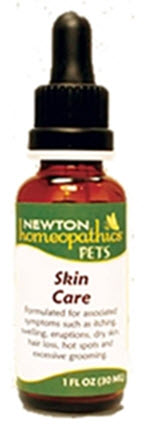
Hives usually respond very well to an antihistamine such as Benadryl, which you should be able to buy over the counter from your local pharmacy either in a liquid form or a cream. In severe cases, don't wait around, put your pet out of its misery and book an appointment to visit your family vet, who will most probably recommend treatment with a cortisone medication.
If you are a believer in taking an Homeopathic approach for doggie ailments such as hives, mange (which is highly contagious) and other skin erruptions try keeping some Newton's Homeopathic Skin Care Oral Drops in your dog's first aid kit.
Prevention
The best way to prevent a recurrence of hives in your pet is to be mindful about avoiding exposing your dog to the allergen that causedhis or her reaction in the first place. It is a good idea to keep a bottle of Benadryl in your dog's first aid kit.
Werber adds, If you have identified what your pet has reacted to in the past, particularly for a reaction to a vaccination, you can also pre-treat for the condition. With a reaction to a vaccination, you can give the dog a shot of Benadryl prior to the vaccination, wait 10 to 15 minutes, and then safely give them the injection.
Fortunately, most cases of hives in dogs are just allergic reactions, so there’s no need to panic if your canine does have a breakout. Just be sure to see a vet follow their advice for appropriate care.
If you think your dog has a food allergy or food intolerance and he or she would definitely benefit from a 12-Week elimination diet trial.
12-Week Elimination Diet Trial

An elimination diet trial is a diagnostic test, just like a blood test or skin scraping. The difference between a food trial and other tests is that it is carried out over 12-Week and is carried out in your own home.
The information gained is essential for establishing whether your pooch has a food allergy or a sensitivity or intolerance to certain foods. You, the owner, are responsible for making sure that the test is carried out correctly in order for the results to be as useful as possible to your vet.
To clarify the difference between allergies and intolerances
True food allergies are very different from dietary intolerances because they involve antibodies and immune-based inflammation, such as:
Food intolerances are food reactions to the ingredients or additives used in the preparation of food. A dog that is experiencing a food reaction is unable to digest, absorb and or utilise particular foods, reactions are:
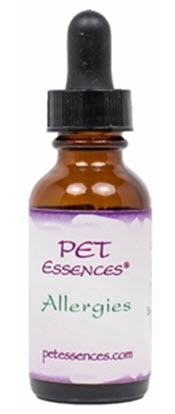
- abdominal pain and discomfort
- Diarrhea
- flatulence and abdominal gas
- gluten sensitivity
- itching and scratching excessively
- lack of appetite
- lactose intolerance
- poor body condition
- poor weight gain
- Vomiting
- weight loss
So you see both Food Allergies and food sensitivities share some common symptoms making it a challenge for an attending vet to differentiate between the two, without the aid of an elimination food trial.
And, just to confuse things even more, some of the above symptoms can also occur with allergies that don’t involve food, such as flea bites and atopic allergies.
Elimination trial rules
In order to maximise the information which the food trial gives you and to make all of the effort worthwhile, you will need to follow a few simple rules.
Rule 1
Fist off introduce the diet gradually over a 7-day period to avoid any abrupt food changes that may cause diarrhea and tummy discomfort for your pet. Gradually mix his or her new food withe old until you have completely eliminated the old and replaced it entirely with the new diet.
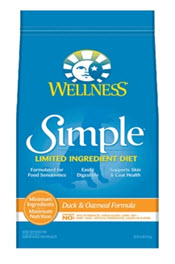
Rule 2
Nothing is to pass your dog's lips except the new food nd fresh water.
Rule 3
None of the following should be offered at this time:
- chew bars
- flavoured toys
- supplements
- treats (unless they are allergy free)
Rule 4
You may need to try 2 or 3 different types of food before you hit on one that is compatible with your pooch - that's why the trial is termed an elimination trial.
Rule 5
Its a good idea to keep a daily record or journal during the trial period. It's also useful to make a note of other relevent details for your vet such as:
- bowel movements
- exercise and activity levels
- Itching, Licking and Scratching
- urinations
Rule 6
Do not use plastic dishes to feed your pet, use ceramic, glass or stainless steel bowls.
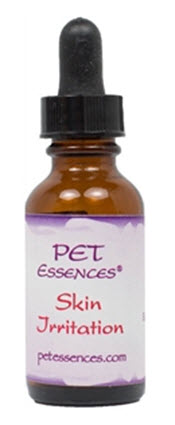
Rule 7
Every two weeks reassess the progress your dog is making and make a note for your vet of:
- how often your pet is itching, licking and scratching
- how red your pet's ears are
- how many spots your pet has on his or her abdomen
- how many Itchy and Skin Lesions Present - particularly at the beginning of the trial
Rule 8
Tough it out and don't give up. It will take at least 6 weeks for his or her body to be cleared of previous allergens and for antibody levels to start to decrease.
Rule 9
Outdoor pets should be confined during the course of the trial to prevent them from getting other foods. This is particularly important for dogs that tend to roam the neighbourhood begging from neighbors or raiding garbage cans.
Rule10
Your vet may recommend Glucocorticoids (Vanectyl-P or prednisone) may be needed for humane reasons early in your pet's dietary trial to control intense itching and skin lesions. It is important to note that the food trial must be continued 2-3 weeks after you have stopped giving the tablets and beyond the effects of the drugs.
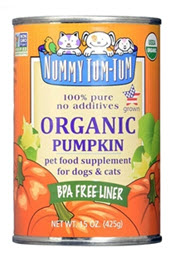
Rule 11
Secondary infections with yeast or bacteria should be treated during the trial, please pay particular attention to your pooch's ears in this respect.
To summarise, it is important in an elimination food trial to do it once and do it properly. Your vet needs to know the results gained are valid in order for him or her to successfully treat your dog's food allergies or sensitivities.
And finally a tip from me. Once your best friend's food elinimation trial is over it would be a good idea to keep a few cans or Organic Pumpkin in your pantry. Pumpkin is a wonder food for dogs, because it duals as a treatment for constipation as well as for upset tummies from diarrhea.
This article and information forms part of the Carole's Doggie World Holistic Library and is presented for informational purposes only.The information is not intended to be a substitute for visits to your local vet. Instead, the content offers the reader information researched and written by Carole Curtis for www.carolesdoggieworld.com
